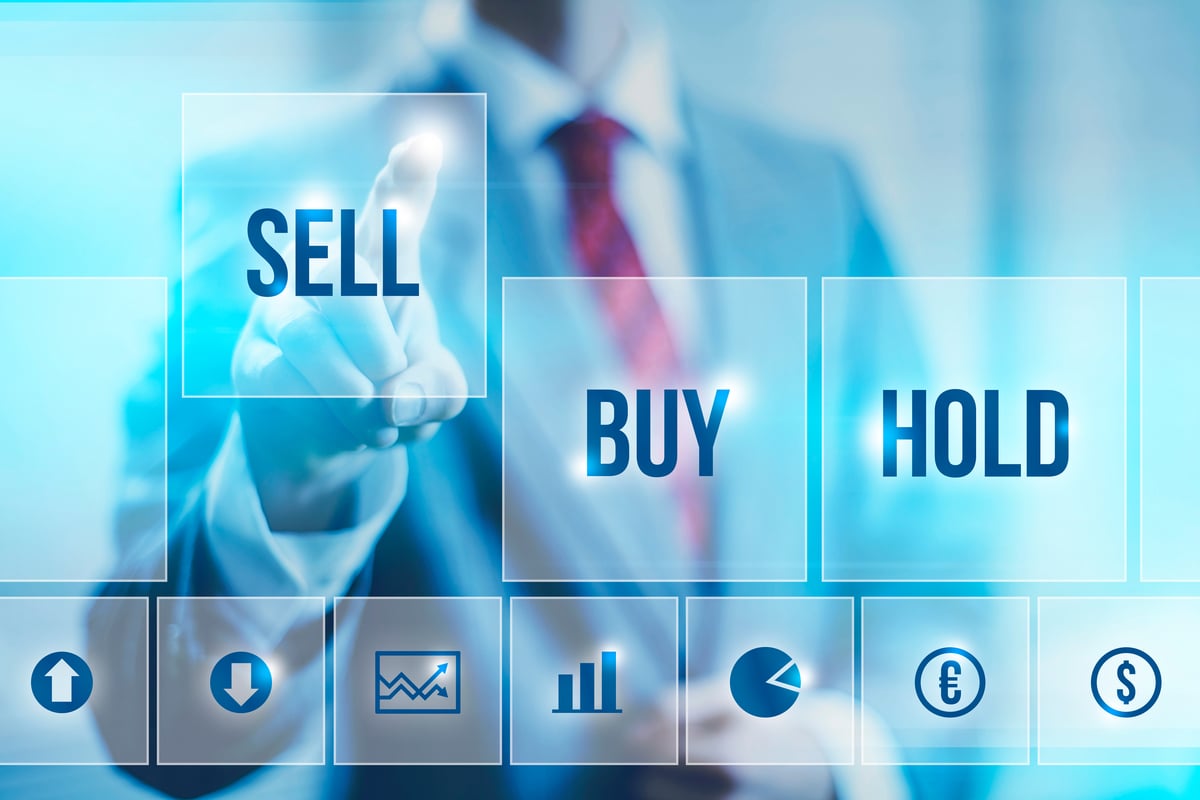One year ago, AbbVie (ABBV +0.04%) CEO Rick Gonzalez spoke at the J. P. Morgan Healthcare Conference. He highlighted seven reasons that I viewed as reasons why AbbVie stock could soar in 2017. And that's exactly what happened. With its dividends included, AbbVie generated a total return last year of 60%.
Gonzalez presented again at the J. P. Morgan conference on Wednesday. Even after its stellar performance in 2017, he maintained that AbbVie is "a unique investment opportunity." Why? The following seven numbers Gonzalez mentioned pretty much tell the story.

Image source: Getty Images.
Three
Like the mutual fund disclaimers say, past performance is no guarantee of future results. But a strong track record certainly matters with both mutual funds and stocks. For AbbVie, the most important number to know about the company's track record is three. That's the number of areas where Gonzalez said AbbVie ranks either No. 1 or No. 2 among its peers in the biopharmaceutical industry.
Gonzelez reeled off the categories where AbbVie has been a top performer in 2017, over the last three years, and over the last five years: percentage revenue growth, percentage adjusted earnings-per-share growth, and total shareholder return. The most important category is the last one, and AbbVie has ranked No. 1 in all three time periods.
20
How will AbbVie grow in the future? Gonzalez stated that the company expects to launch at least 20 new products or indications by 2020. These launches include multiple programs in immunology and oncology, areas where AbbVie already has a solid market position.
A couple of new products could launch this year. Rova-T just might squeeze in a launch before the end of 2018 as a third-line treatment of small cell lung cancer. And elagolix seems likely to hit the market later this year in treating endometriosis.
23
AbbVie's oncology success so far has been in treating blood cancers. However, Gonzalez noted that the biotech has 23 active clinical programs in solid tumors across multiple treatment approaches, including antibody drug conjugates, bispecific antibodies, oncolytic viruses, and targeted small-molecule kinases.
Eight of these solid tumor assets were picked up with AbbVie's 2016 acquisition of Stemcentrx. The most promising of those is lead candidate Rova-T. Gonzalez said that Rova-T has a multi-billion dollar sales potential.
50%
AbbVie currently has a strong operating margin of 38%. Gonzalez said the company was on track to deliver on its target of a 50% operating margin by 2020. Right now, only one biopharmaceutical company with a market cap of greater than $100 billion has an operating margin of 50% or higher -- Gilead Sciences.
$7 billion
One key ingredient to AbbVie's future growth is Imbruvica. Gonzalez stated that the drug is on track to generate peak revenue for AbbVie of at least $7 billion.
In 2016, Imbruvica made combined revenue totaling $3 billion for AbbVie and partner Johnson & Johnson. For 2017, Imbruvica should pull in over $2.5 billion for AbbVie and approaching $2 billion for J&J.
$21 billion
Humira reigned yet again in 2017 as the world's top-selling drug, generating over $18 billion in sales. Gonzalez reiterated the outlook that AbbVie shared a few months ago projecting that Humira's global sales will approach $21 billion by 2020.
Even though Humira will begin to face competition from biosimilars in Europe later this year and in the U.S. beginning in 2023, Gonzalez said that AbbVie expects "manageable erosion" in sales. He stated that Humira will continue to generate significant cash flow through 2025 and beyond.
$35 billion
Perhaps the most important number mentioned by Gonzalez at the J. P. Morgan conference was $35 billion. That's the risk-adjusted level of non-Humira sales that AbbVie projects for 2025. To put this number in perspective, AbbVie will probably report revenue of around $31 billion in 2017 -- with the $18 billion or so of Humira sales included.
Gonzalez listed 10 drugs that should be key for AbbVie achieving its goal. Already-approved drugs Imbruvica, Venclexta, Mavyret, and Zinbryta were at the top of the list, with potential additional indications for Imbruvica and Venclexta. Important pipeline candidates on the list were Rova-T, elagolix, and promising late-stage autoimmune disease drugs risankizumab and upadacitinib.
Key takeaway
My key takeaway from Rick Gonzalez's presentation at the J. P. Morgan conference was that AbbVie's plan seems achievable. In my opinion, he's right that the stock is a unique investment opportunity. These seven numbers show why.
But there are a couple of other numbers that should also be important to long-term investors: 2.81% and 77%. The former is AbbVie's current dividend yield, while the latter is how much the company has increased its dividend over the last five years. Not only does AbbVie look like a strong growth stock, it's also a great income stock. I don't think AbbVie will soar more than 50% again in 2018, but I fully expect the stock to be a big winner over the long run.









